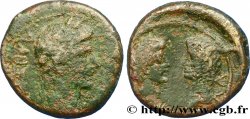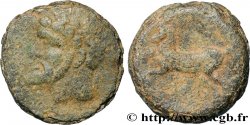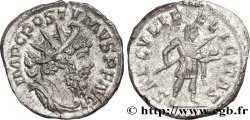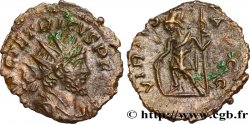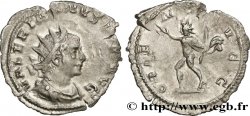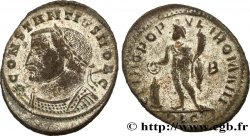E-auction 375-287746 - brm_577293 - AUGUSTUS, CAIUS and LUCIUS Denier
Чтобы принять участие в торгах, вы должны войти в систему и стать подтвержденным участником аукциона. Войдите, чтобы сделать ставку. Ваш аккаунт будет подтвержден в течение 48 часов. Не ждите до закрытия торгов, чтобы зарегистрироваться.Сделав ставку на данный товар, вы вступаете в юридическое соглашение на покупку выбранного товара и нажатием кнопки «Сделать ставку» подтверждаете принятие вами условий интернет-аукционов cgb.fr.
Ставка может бить сделана только в полном эквиваленте евро. Торги закроются согласно времени, указанному в описании товара, все ставки, сделанные после закрытия торгов, учитываться не будут. Не следует откладывать предложение вашей ставки до последнего момента, так как система может не успеть обработать вашу заявку, и ваша ставка не будет принята. Более детальную информацию вы найдёте здесь: FAQ по интернет-аукционам.
БЕСПЛАТНО.
БЕСПЛАТНО.
| Оценить : | 75 € |
| Цена : | 37 € |
| Максимальная предлагаемая цена : | 40 € |
| Конец торгов : | 22 June 2020 14:22:30 |
| Участников : | 10 Участников |
Тип Denier
Дата: 2 AC. - AD. 12
Монетный двор / Город: Lyon
Металл: silver
Проба: 900 ‰
Диаметр: 18 mm
Ориентация осей монеты: 3 h.
Вес: 3,21 g.
Редкость: R1
Комментарии о состоянии
Usure importante mais type rare avec la croisette bien visible au revers. Patine foncée
Ссылки в каталоге: :
Лицевая сторона
Аверс: легенда: CAESAR AVGVSTVS - DIVI F PATER PATRIAE.
Аверс: описание: Tête laurée d'Auguste à droite (O*).
Аверс: перевод: “Cæsar Augustus Divi Filius Pater Patriæ”, (César Auguste fils du divin Jules, père de la patrie).
Обратная сторона
Реверс: легенда: C. L. CAESARES À L'EXERGUE/ AVGVSTI F COS DESIG PRINC IVVENT.
Реверс: Описание: Caius et Lucius Césars debout de face, vêtus de la toge, tenant chacun un bouclier rond et une haste ; entre eux, simpulum à gauche, le lituus à droite ; une croisette au-dessous.
Реверс: перевод: "Caius et Lucius Cæsares/ Augusti filii consules designati Principes Iuventutis" (Caius et Lucius Césars, fils d'Auguste, consuls désignés, princes de la jeunesse).
Комментарий
Poids léger. C’est l’un des deniers les plus courants de l’atelier de Lyon. Mais cette variété, avec la croisette entre les instruments pontificaux interversés, est beaucoup plus rare. C’est aussi l’une des pièces qui se rencontre le plus souvent en Gaule. C’est encore l’un des deniers qui ont été le plus imités aussi bien dans les limites de l’Empire qu’en dehors du limes. Le denier représentant les deux petits-fils d’Auguste eut un succès considérable en Gaule. Nous devons modifier notre vision de la circulation monétaire entre la fin de la guerre des Gaules et la mort de Néron en 68 après J.-C. Monnaies gauloises en argent, en bronze et en potin circulèrent conjointement avec les monnaies romaines qui se répandirent largement en dehors de la Narbonnaise. Il faut évoquer le néologisme de circulation “romano-gauloise” plutôt que gallo-romaine.
Lightweight. This is one of the most common denarii from the Lyon mint. But this variety, with the cross between the interchanged papal instruments, is much rarer. It is also one of the most frequently encountered coins in Gaul. It is still one of the most imitated denarii both within the confines of the Empire and outside the limes. The denarius depicting the two grandsons of Augustus was a considerable success in Gaul. We must modify our view of monetary circulation between the end of the Gallic Wars and the death of Nero in 68 AD. Gallic coins in silver, bronze, and potin circulated alongside Roman coins, which spread widely outside Narbonne. We should mention the neologism of circulation \\\"Romano-Gallic\\\" rather than Gallo-Roman
Lightweight. This is one of the most common denarii from the Lyon mint. But this variety, with the cross between the interchanged papal instruments, is much rarer. It is also one of the most frequently encountered coins in Gaul. It is still one of the most imitated denarii both within the confines of the Empire and outside the limes. The denarius depicting the two grandsons of Augustus was a considerable success in Gaul. We must modify our view of monetary circulation between the end of the Gallic Wars and the death of Nero in 68 AD. Gallic coins in silver, bronze, and potin circulated alongside Roman coins, which spread widely outside Narbonne. We should mention the neologism of circulation \\\"Romano-Gallic\\\" rather than Gallo-Roman







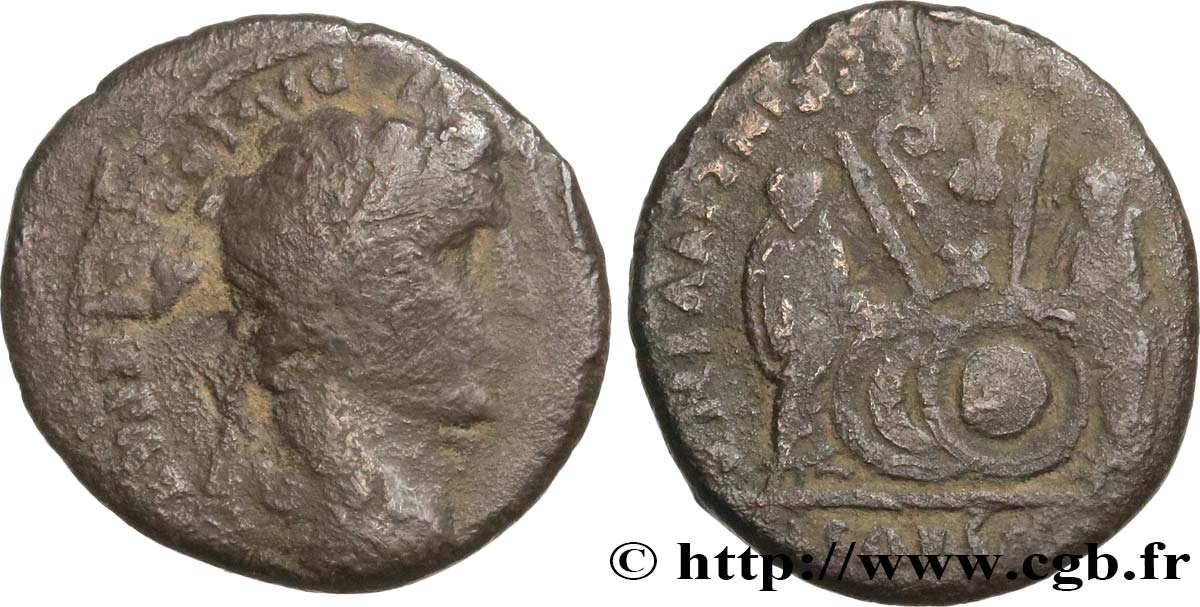
 Cообщить об ошибке
Cообщить об ошибке Распечатать страницу
Распечатать страницу Отправить мой выбор
Отправить мой выбор Задать вопрос
Задать вопрос Consign / sell
Consign / sell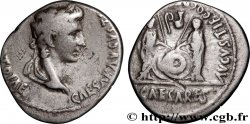
 Информация
Информация